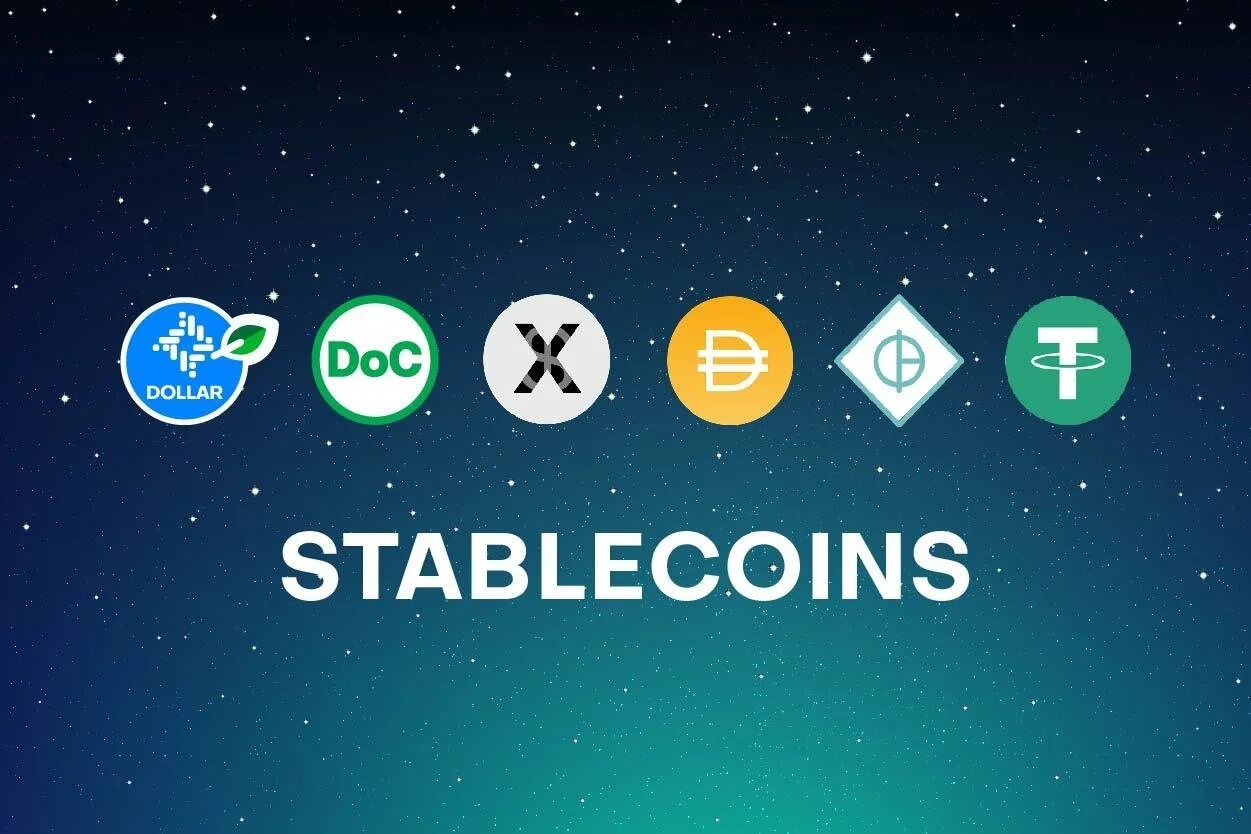Issues to Consider when Setting Strategy for Stablecoins and the GENIUS Act
At High Risk Education, we know that financial institutions and Fintechs are constantly balancing new opportunities with compliance responsibilities, and this can impact your strategy. Stablecoins and the GENIUS Act (Getting Exceptional New Insights on the Use of Stablecoins) are the latest topics grabbing headlines—but what do they really mean for your institution or fintech?
The reality: adopting stablecoins isn’t just a technology decision. It’s a compliance, operational, and strategic challenge. And while big banks can throw resources at the problem, smaller financial institutions need a smarter, step-by-step approach.
Here are the three biggest issues you’ll need to think through—and some guidance on how to prepare.
1) Regulatory Compliance Challenges
Compliance is always the first hurdle, and stablecoins make it higher. Let’s look at some compliance challenges:
- The GENIUS Act’s impact: The Act calls for the Federal Reserve to study and report on stablecoins. Until more clarity arrives many financial institutions are planning in a fog. The best move now? Track developments closely and prepare for new reporting requirements that could reshape how you handle transactions.
- Existing regs don’t go away: Stablecoin use must still fit into your BSA/AML, KYC, and risk models. Expect extra scrutiny on transaction monitoring, anonymity risks, and capital requirements.
- Costs are real: Compliance with stablecoin activity requires staff training, new software, and possibly external consultants. Every dollar spent here is a dollar not spent on local lending or community programs.
- Exams will test you: Document everything. Build digital asset sections into your compliance management system, prepare mock audits, and create transaction flow samples. Regulators are learning alongside you so clear records are your best defense.
Training takeaway:
Think of compliance as a moving target. Building staff awareness and updating your compliance culture now will make adoption smoother later.
2) Operational and Technical Hurdles
Even if compliance is in place, can your bank actually run stablecoin services? We think yes, but let’s review some technical hurdles you may experience. We can’t overemphasize the need for staff expertise.
- Infrastructure gaps: Blockchain-compatible ledgers, digital wallets, APIs, and secure storage are must-haves. Many financial institutions are still on legacy systems, which means upgrades won’t be small.
- Security expectations: You’ll need advanced safeguards—multi-signature approvals, cold storage, real-time monitoring, and smart contract audits. Community trust takes years to build and seconds to lose.
- Staff expertise: Your people know banking, but not blockchain. Upskilling, certifications, and possibly new hires are part of the equation.
Training takeaway:
Education isn’t optional. Staff need to understand both the technology and the risks behind stablecoins before you ever roll out a product.
3) Strategic Business Implications
The final question is less about “can you?” and more about “should you?” Take some time here to review your options and set your strategy.
- Mission fit: Does stablecoin adoption serve your customers, or is it just a distraction?
- Competition: Larger banks and fintechs will move faster. Small banks need a phased, risk-aware approach.
- Partnerships: Teaming up with fintechs or peer banks can help spread costs and expertise.
- Customer expectations: Stablecoin services may not be demanded today, but younger and tech-forward customers will expect options tomorrow.
Training takeaway:
Strategy is about balance. Don’t ignore stablecoins—but don’t jump in blindly either. Test limited offerings and pair them with a clear communication plan for your customers.
Final Thoughts
Stablecoins and the GENIUS Act put financial institutions in a unique position. Yes, the challenges are real: compliance costs, tech overhauls, and strategic uncertainty. But they also offer a chance for smaller banks to differentiate themselves through preparation and education.
At High Risk Education, we believe knowledge is your strongest tool. Whether it’s compliance staff training, operational readiness, or strategic planning, staying ahead of the curve will let your institution evaluate stablecoins on your terms, and not in reaction to pressure.


